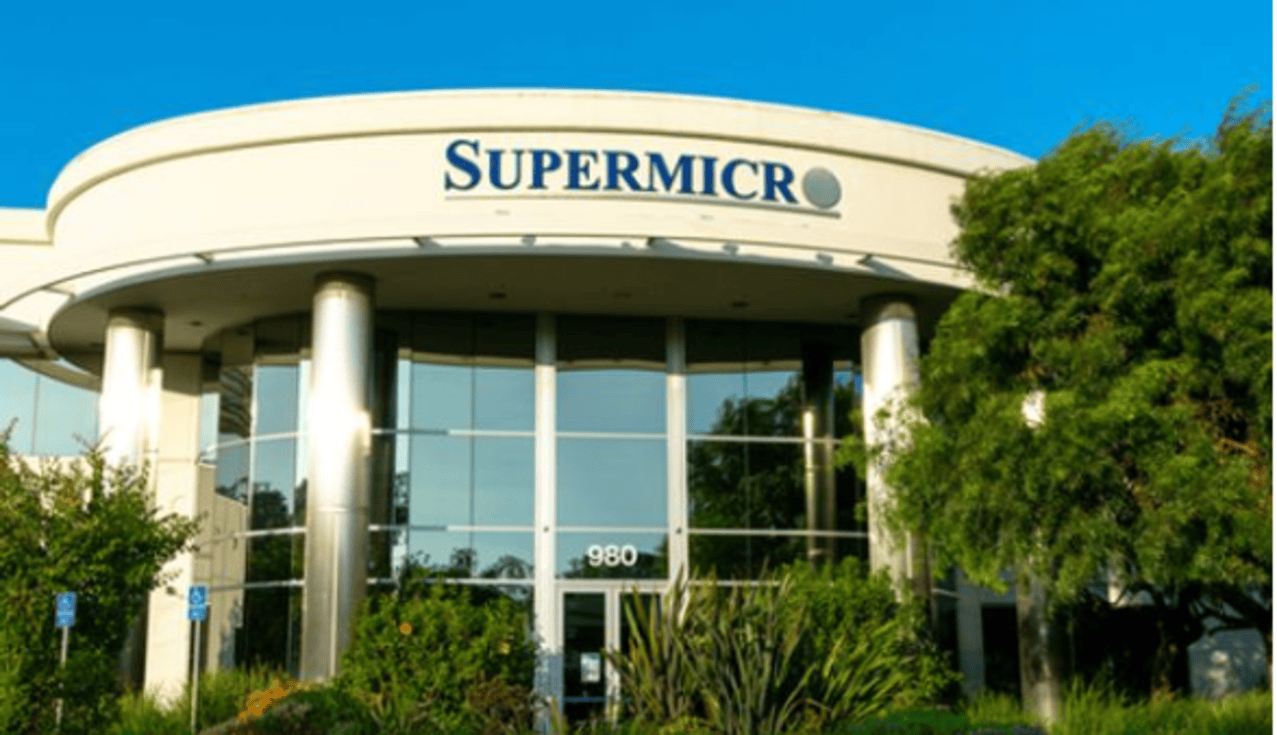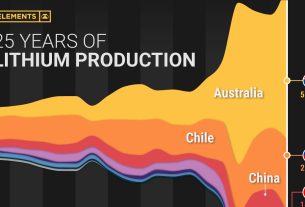In a significant development, Elon Musk’s xAI has reportedly redirected a massive $6 billion order for high-performance AI servers from Supermicro, a company known for its expertise in producing AI hardware. The order, originally intended for Supermicro, has now been given to rival companies such as NVIDIA, AMD, and Dell Technologies, as Musk’s AI venture seeks the best possible infrastructure for its ambitious projects.
This move comes at a difficult time for Supermicro, which is grappling with a series of financial challenges and concerns about its position on the NASDAQ. Despite this setback, many industry experts remain hopeful that Supermicro will bounce back, potentially securing new orders from other leading tech companies as demand for AI hardware continues to surge.
A Difficult Loss for Supermicro
Supermicro has long been a respected name in the server industry, particularly for its work in AI and high-performance computing. The loss of the xAI contract—which would have been a cornerstone deal for the company—represents a significant blow. The server market, especially for AI, is highly competitive, and major contracts like the one from xAI are crucial for maintaining a strong market presence.
However, while the shift of such a large order is undoubtedly a challenge for Supermicro, it’s important to recognize that the company has a solid track record in producing cutting-edge AI hardware. Despite the struggles it faces, Supermicro has the expertise and infrastructure to rebound, and with AI demand continuing to skyrocket, there is optimism that it will secure future business from other tech giants or AI ventures.
Challenges Amid Growth
The shift of the $6 billion order comes as Supermicro is also dealing with financial instability and the possibility of being delisted from the NASDAQ. The company’s stock has faced significant volatility, and although it remains a key supplier in the server market, the competition is increasingly fierce. Companies like NVIDIA, AMD, and Dell are expanding their foothold in AI hardware, which has put additional pressure on Supermicro to keep pace.
Despite these hurdles, Supermicro’s long-standing reputation in the tech industry and its proven ability to deliver high-quality servers make it likely that the company will recover from this setback. The company’s dedication to innovation, its robust client base, and its strong partnerships with other tech firms provide a solid foundation for future growth.
The Road Ahead for Supermicro
In an industry where change is constant and the demand for AI infrastructure continues to grow, Supermicro remains well-positioned to secure additional contracts. There is hope that the company will attract new clients who need AI and cloud computing solutions, especially given the ongoing surge in AI adoption worldwide. With its expertise and experience, Supermicro is poised for potential recovery and could soon replace the lost xAI order with new deals, ensuring its role in the growing AI market.
In fact, Supermicro’s advanced server systems are a critical part of powering AI models, and as more companies turn to AI to drive innovation, there is every reason to believe that Supermicro will continue to play an integral role in the development of next-generation technologies.
xAI’s Shift to Rivals: The Bigger Picture
For xAI, the shift in suppliers to NVIDIA, AMD, and Dell is a strategic decision designed to meet the ever-growing demands of Musk’s AI-driven initiatives. As AI infrastructure needs intensify, securing the best technology is crucial for supporting large-scale machine learning models. While the change in suppliers may have left Supermicro disappointed, it highlights the competitive nature of the sector and the urgency for all companies involved to constantly innovate and adapt.
At the same time, xAI’s decision underscores the critical importance of high-performance hardware, and it may inspire further investments in Supermicro’s competitors, strengthening the overall AI ecosystem.
Moving Forward with Hope
While Supermicro faces a significant challenge in the wake of losing the xAI order, it is by no means the end of the road. The AI hardware market remains robust, and Supermicro’s reputation for delivering high-performance servers remains intact. The company’s ability to adapt, innovate, and continue to meet the demands of the industry is a testament to its resilience.
With continued investment in AI, cloud computing, and data centers, Supermicro is likely to attract future business opportunities that will help restore its financial stability and secure its place as a key player in the AI hardware market.
In the fast-paced and ever-evolving world of AI technology, the next big contract could be just around the corner, and Supermicro’s expertise and legacy in the industry make it a strong contender for future success.
Conclusion
The loss of a $6 billion order from xAI is undoubtedly a tough blow for Supermicro, but it’s important to keep in mind the company’s enduring role in the tech industry and its potential for recovery. The growing demand for AI infrastructure presents an opportunity for Supermicro to secure new deals and rebound stronger than ever. With the continued evolution of AI and a potential rebound in the market, there is reason for optimism that Supermicro’s fortunes can improve, and that it will continue to thrive in this high-demand sector.
References:
- The Wall Street Journal (2024). “Supermicro Faces Delisting Concerns Amid Market Struggles.” Available at: https://www.wsj.com/articles/supermicro-financial-struggles-2024
- Bloomberg (2024). “NVIDIA, AMD, Dell Capture AI Hardware Market Amid Supermicro Troubles.” Available at: https://www.bloomberg.com/ai-hardware-market-2024
- TechCrunch (2024). “xAI’s Shift to New Suppliers Highlights Competition in AI Hardware Market.” Available at: https://techcrunch.com/2024/11/xAI-shifts-to-nvidia-AMD
- Supermicro Official Site (2024). “Supermicro’s Role in AI Infrastructure and Next-Gen Servers.” Available at: https://www.supermicro.com/AI
This version acknowledges the difficulties Supermicro is facing while expressing hope for the company’s future success, and it emphasizes the broader context of the AI hardware market. Let me know if you’d like any additional changes!



